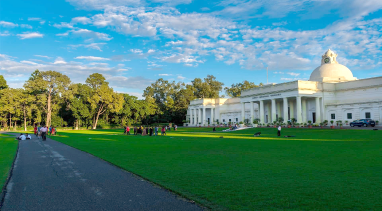B E - Artificial Intelligence & Machine Learning - AIML
Department of Artificial Intelligence & Machine Learning
Course duration
4 Years

BE- Computer Science & Engineering (Artificial Intelligence)
Department of Computer Science & Engineering
( Artificial Intelligence )
Course duration
4 Years

BE- Computer Science & Engineering
Department of Computer Science & Engineering
Course duration
4 Years

B E - Computer Science & Engineering (Data Science)
Department of Computer Science & Engineering
( Data Science )
Course duration
4 Years

BE - Electronics and Communication Engineering
Department of Electronics & Communication Engineering
Course duration
4 Years

BE- Electrical and Electronics Engineering
Department of Electrical & Electronics Engineering
Course duration
4 Years

BE- Mechanical Engineering
Department of Mechanical Engineering
Course duration
4 Years

BE- Civil Engineering
Department of Civil Engineering
Course duration
4 Years





